Instant food is so last decade. New moms are bonding on social media to create wholesome preservative-free 'Cerelac' for infants and porridge-pancakes for toddlers that they claim even adults enjoy
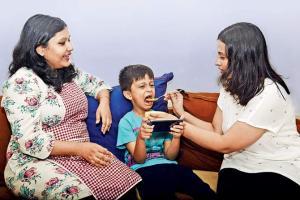
Debarati Chakraborty Bhar and Sudatta Dasgupta Ray
First-time mother Debarati Chakraborty Bhar makes innovative meals for her twin daughters, who recently turned one, every day. Instant porridge, once a go-to dish, has been replaced with rava and milk porridge that she prepares from scratch. It was a chat with her neighbour Sudatta Dasgupta Ray, mother to two boys, that saw Bhar, a communications consultant, unlearn everything she knew about baby food. Ray introduced her to GK Food Diary, a food blog with 1.4 lakh users on Facebook. Since then, she has been whipping up everything from bottle gourd porridge to carrot, beans and moong dal khichdi for the kids. The two recently made pumpkin soup, which Ray describes as an "interesting evening meal". Pumpkin boiled and pureed, heated in a pan with butter, garlic cloves and pepper powder, is how Ray describes it. Simple but so delicious it turned out, that even she had a bowl full.
ADVERTISEMENT
Founder-curator of GK Food Diary, Boston-based Kalyani Krishnan started the blog in 2015 with the idea of sharing every day recipes. But, it was her baby food dishes that gathered maximum fans. "I realised I should encourage parents to make their own baby food," she tells us in an email interview. Apart from recipes, Krishnan's blog discusses how and when to introduce solid foods to babies, weight gain recipes, dealing with children who don't eat, and remedies for common cold and indigestion.
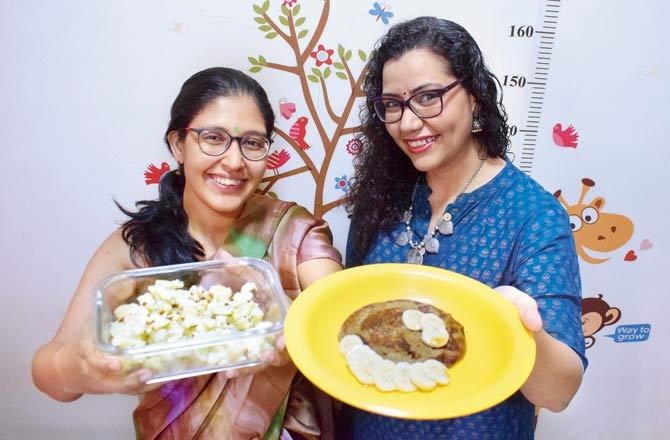 Jasmine Randelia Bavan and Yaman Banerji
Jasmine Randelia Bavan and Yaman Banerji
When she had her child in 2014, Krishnan began researching on feeding. "I developed recipes by following World Health Organisation (WHO) guidelines. Of course, what I say is not to substitute the advice from a qualified paediatrician." But doctors, mothers realise, are not certified diet experts either. "If I had listened to the doctor, I would still be feeding my daughters sooji every day," says Bhar. Instead, she followed her mother's and Ray's advice, and introduced carrot, beans and eggs to her daughters. Ragi is loaded with calcium and is good for growing babies. It's also an ingredient Ray uses often, mixing it with banana mash and dry fruit powder or oats to make pancakes. "The rule of thumb is that by the time the child is one, s/he should be eating everything that the parents eat at home, minus the spice and salt. Formula or top-up food should not be an alternative to breast-feeding," adds Ray.
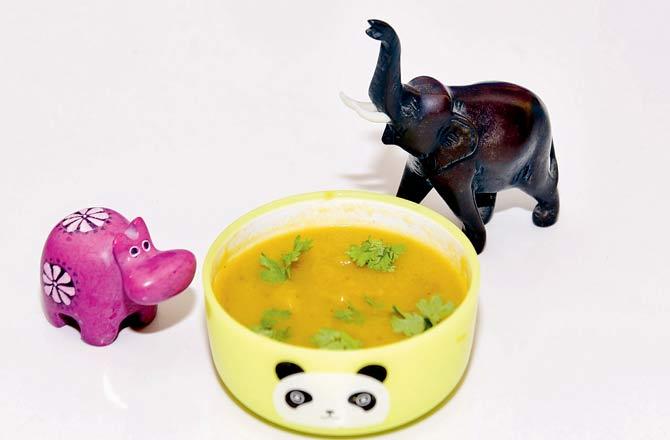
Mumbai-based Jasmine Randelia Bavan runs Live Love and Babywear, a baby-wearing pop-up library and mommy support group, along with Yaman Banerji. The two share tips on the "how, what and when" of introducing solid foods with fellow members on the WhatsApp group. There are two kinds of weaning, explains Bavan. "One is baby-led, where you keep the food in front of the child and let it explore. Traditional-led weaning is where you feed the child morsel by morsel." In the first, the baby isn't fed mashed food —baby-led weaned children are able to decide how much they want to have and what they want to eat. "We don't encourage force-feeding," says Bavan. "But you should not underestimate your child. We recommend going the difficult way. Most children even eat karela if given. So, start with vegetables instead of fruits that are naturally sweet."
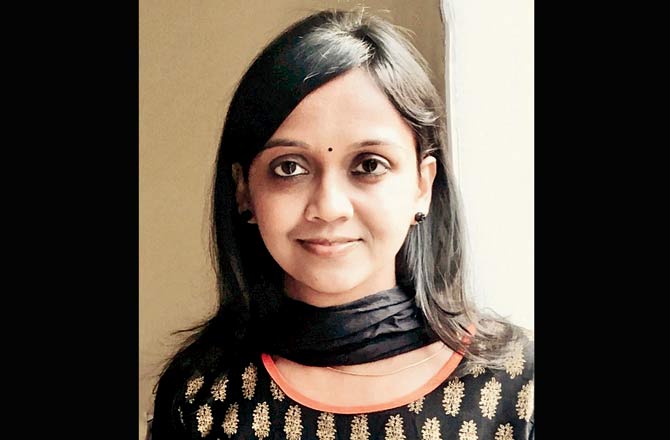
Kalyani Krishnan
Shakti Salgaokar- Yezdani, mother to twins, has been trying a combination of the two weaning methods. "At around 4 pm, when I have tea, I keep kurmura [puffed rice] or makhana [fox nut] in front of them, and let them help themselves," she says. Since the support group is led by mums, most of the recipes are either tried and tested by Bavan or Banerji, after which they are shared with infant and young child nutrition specialist Neha Arora, who has been certified by Breastfeeding Promotion Network of India and International Baby Foods Action Network, to check if it they meet the updated WHO guidelines.
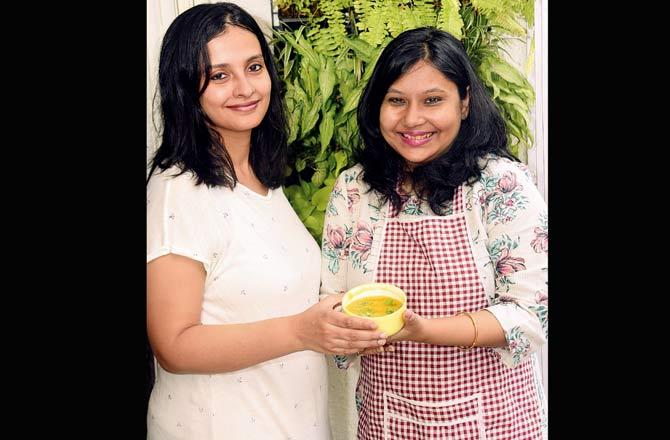
Sudatta Dasgupta Ray (in white), mother to two sons, first introduced her neighbour Debarati Chakraborty Bhar to GK Food Diary, a popular food blog that carries recipes for infants and toddlers
The sathmavu, a home-made substitute for Cerelac, is the most popular mix among the members. "It consists of cereals, pulses and dry fruits that are roasted and then powdered. If stored correctly, the powder can be preserved for eight months. Instead of relying on instant, packaged mixes, we tell moms to make this wholesome preservative- and sugar-free mix," says Bavan. They use the powder to prepare everything from porridge, pancakes to omelette and upma. "It's a traditional, multi-purpose baby food that can be enjoyed by adults," says Bavan, who feeds her three-year-old sathmavu occasionally. "At the end of the day, we are responsible for their health" adds Ray about children, "And we have to nourish them with the best."
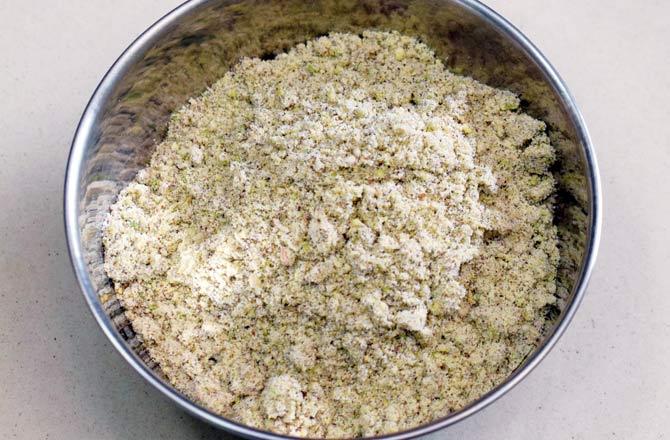
Sathmavu Banana Pancake
(For sathmavu)
100g jowar
100g nachni/ragi
100g wheat
100g rice
100g moong dal
100g dry corn
50g soya bean
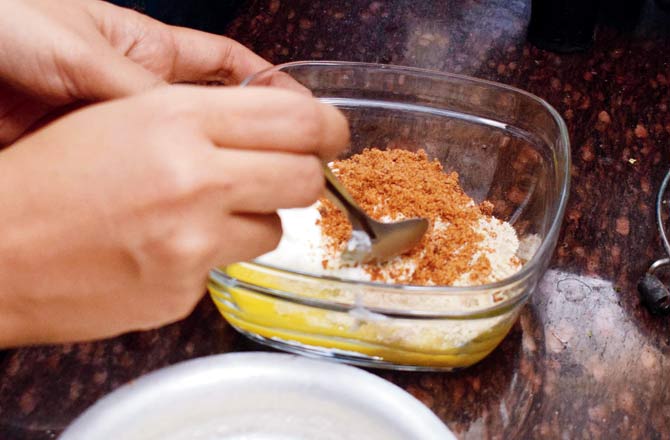
Wash grains, let them dry for a day or two, then dry roast them.
50g groundnut
50g chana ka dalia
50g wheat dalia
50g cashew
50g badam
1 tsp kesar
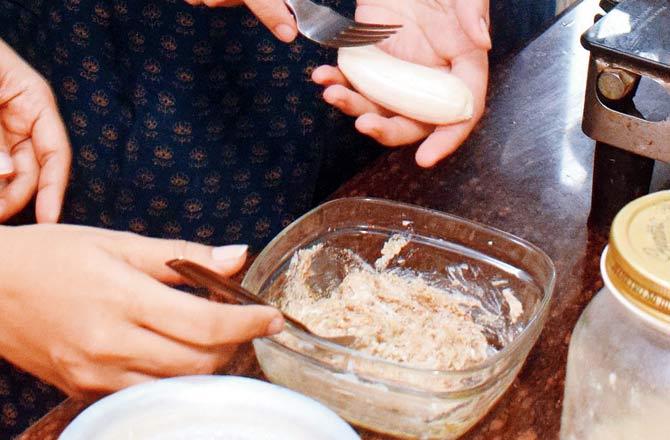
Grind the ingredients without washing or roasting and mix with above powder.
Store sathmavu in glass jar, refrigerate.
(For pancake)
4 tbsp of sathmavu powder
2 tbsp of dahi
1/2 egg
2 small elaichi bananas (mashed)
A pinch of cardamom powder
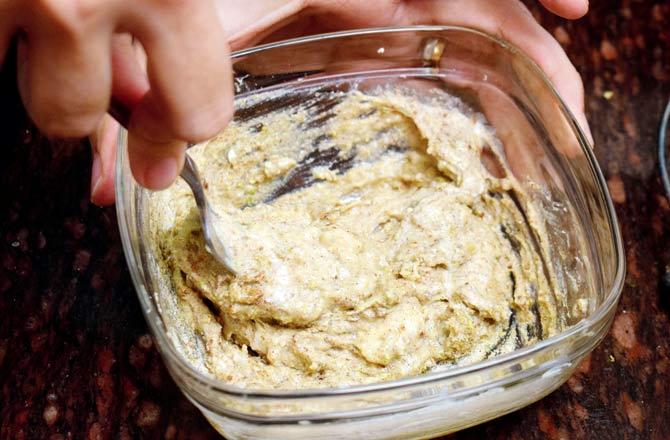
2 tbsp of jaggery powder,
Pinch of salt
Mix all ingredients together; add milk little by little to adjust consistency. Heat ghee in a pan and pour in the batter, fry well on both sides. Serve with a drizzle of honey.
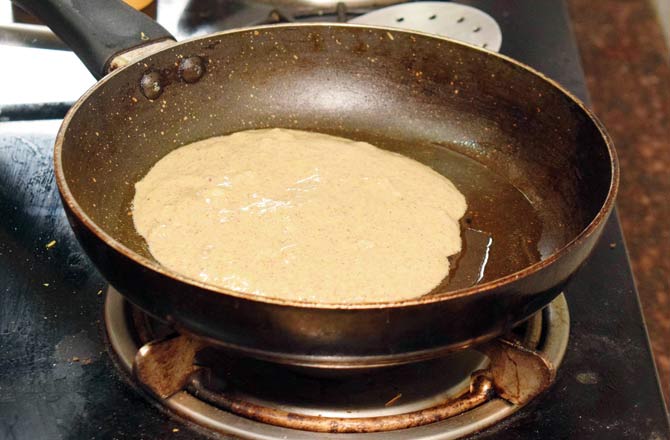
Contact moms making baby food at:
GKFoodDiary Facebook. com/GK FoodDiary Live Love Babywear facebook.com/livelovebabywear/
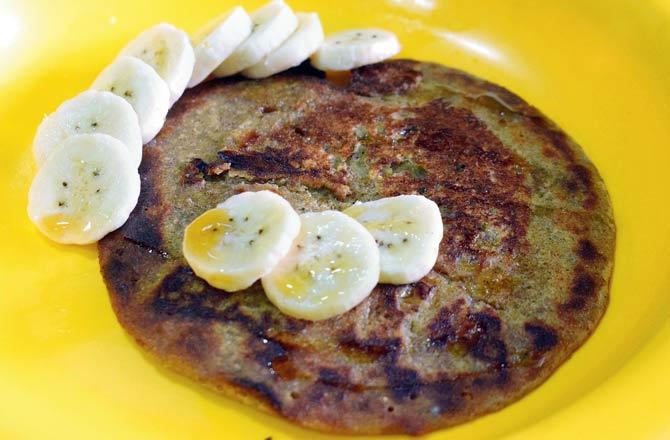
Catch up on all the latest Mumbai news, crime news, current affairs, and also a complete guide on Mumbai from food to things to do and events across the city here. Also download the new mid-day Android and iOS apps to get latest updates
 Subscribe today by clicking the link and stay updated with the latest news!" Click here!
Subscribe today by clicking the link and stay updated with the latest news!" Click here!






